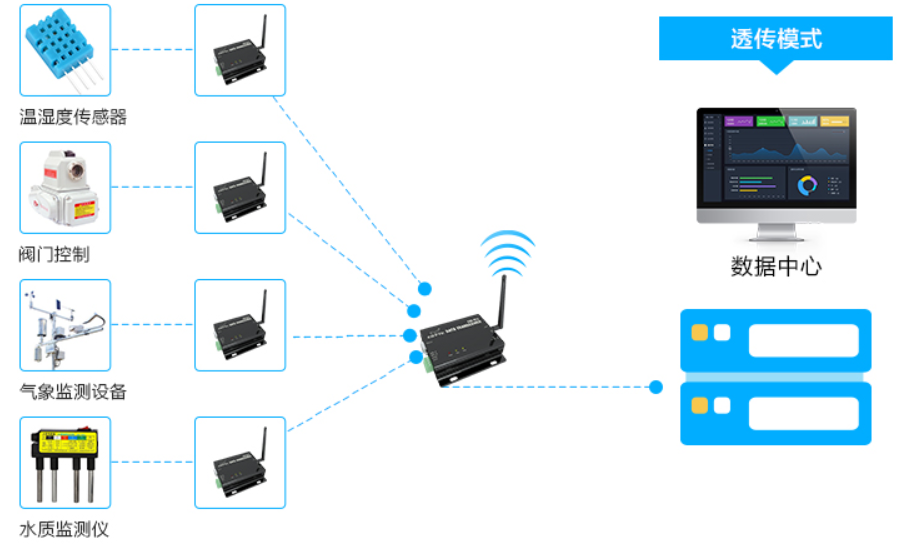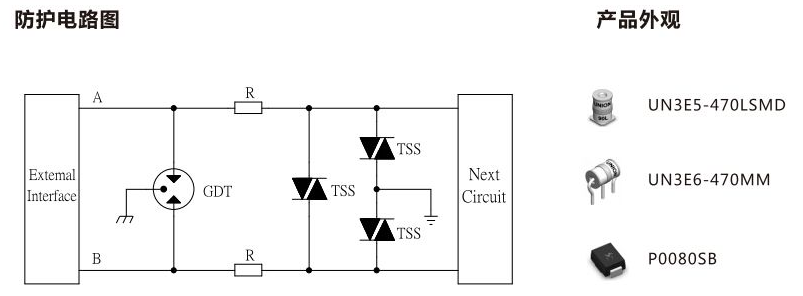|
The OP
Published on 2021-2-4 15:44
Only look at the author
This post is from RF/Wirelessly
Latest reply
Would it be better to use an integrated type? In addition, for electromagnetic compatibility considerations, some inductors should be added.
Details
Published on 2021-2-5 09:28
| ||
|
|
||
|
annysky2012
Currently offline
|
3
Published on 2021-2-5 09:28
Only look at the author
This post is from RF/Wirelessly
| |
|
Personal signature
没有什么不可以,我就是我,不一样的烟火! |
||
|
|
- 【Posts】RS485 interface electromagnetic compatibility design scheme
- 【Posts】RS485 interface: MAX13487 domestic replacement, automatic direction control, no enable pin, Ruimeng MS2548
- 【Posts】This time, the RS485 interface is explained in detail.
- 【Posts】It is customary to connect a 120Ω resistor between RS485 interface AB and CAN interface H and L. I only have 100Ω in stock. Can it be replaced?
- 【Posts】RS485 circuit help!!!
- 【Posts】RS485 pull-up and pull-down matching resistor problem
- 【Posts】Novice talks about the application and difference of CAN (FD), RS485/RS422, RS232, Ethernet, and EtherCat
- 【Posts】STM32F10x RS485 modbus RTU slave source program
- 【Download】RS485 electromagnetic compatibility design
- 【Download】Siemens PLC routine_Connect RS485 encoder to S7-200 PPI interface
- 【Download】RS485\\RS422 interface circuit design guide
- 【Download】RS485 interface definition diagram
- 【Download】Simulation of RS485 two-way data communication between PC and 51 MCU under Proteus
- 【Download】RS485, PROFIBUS, DeviceNet protocol specification summary! (Highly recommended)
- 【Download】AB PLC routine SLC500 system MODBUS (RS485) communication program
- 【Download】RS485 protocol standard
- 【Design】FEBFOD8012-RS485-GEVB: Bidirectional logic gate optocoupler provides proven and reliable isolation for RS485 interfaces
- 【Design】rs485 to 0-20ma output - common ground type
- 【Design】USB to serial port+RS485 module
- 【Design】WS281x LED RS485 transceiver
- 【Design】RS485 bus debugging module
- 【Design】RS485 bus realizes power supply transmission scheme
- 【Circuits】EMC knowledge - electromagnetic compatibility design of RS485 interface
- 【Circuits】RS485 network transceiver, have you heard of it?
- 【Circuits】Ultra-low power transceiver network circuit with RS485 performance
- 【Circuits】RS485 transceiver realizes powerful lightning protection function - power supply circuit - circuit diagram
- 【Circuits】Circuit combining RS232 and RS485
- 【Circuits】Photoelectric isolation RS485 typical circuit diagram
- 【Articles】Design of SRS232/RS485 Converter Based on Single Chip Microcomputer
- 【Articles】A Design Scheme to Improve the Real-time Performance of RS485 Bus
- 【Articles】Design of RS232/RS485 converter using STC11F02E
- 【Articles】Design of RS485 bus interface based on ARM9 embedded
- 【Articles】Communication interface design of RS485 bus based on ARM9 and LINUX
- 【Articles】Implementation of MODBUS serial port programming based on RS485 interface
-
RS485 interface: MAX13487 domestic replacement, automatic direction control, no enable pin, Ruimeng MS2548
ProductDescriptionTheMS2548isa5Vpowered,half-duplexRS-485transceiverThedriverinputandenablesignalworktogethertocontrolthestateofthechipanddrivethedifferentialbus.Thechipintegrateshot-swapprotectionandover-temperatureprotection4unitload,allo ...
-
This time, the RS485 interface is explained in detail.
1WhatareitscharacteristicscomparedwiththeRS-232-Cinterface?Answer:SincetheRS-232-Cinterfacestandardappearedearlier,itisinevitablethattherearesomeshortcomings,mainlythefollowingfourpoints:(1)Thesignalleveloftheinterfaceishigh,whichcaneasilyd ...
-
Is there a common anode digital tube with the same package as ARK SR420361K?
Iwouldliketoasktheexperts,isthereacommonanodedigitaltubewiththesamepackageasARKSR420361K?Thankyou
- Bluetooth module parameters - transmit power, receive sensitivity, air rate, what equipment can be used to test these parameters more accurately...
- The headlight step-down chip already has a DIM enable terminal to control the on and off of the headlights, so why add a circuit to control the BAT+ supply...
- Image Plane of PCB (I) Definition of Image Plane
- TMS320C6000 Basics
- Multimeter to measure transistor
- Lichee RV 86 PANEL Review (3)——WSL single system solution environment construction
- Some problems encountered when using RSL10 and their solutions
EEWorld Datasheet Technical Support
-
"Cross-chip" quantum entanglement helps build more powerful quantum computing capabilities
IBM scientists have achieved "cross-chip" quantum entanglement - successfully entangled two "Eagl
-
Ultrasound patch can continuously and noninvasively monitor blood pressure
A research team at the University of California, San Diego, has developed an innovative wearable
-
Europe's three largest chip giants re-examine their supply chains
At the Electronica 2024 CEO Roundtable held just last week, the CEOs of three chip giants, Infine
- It is reported that Kioxia will be approved for listing as early as tomorrow, and its market value is expected to reach 750 billion yen
- The US government finalizes a $1.5 billion CHIPS Act subsidy to GlobalFoundries to support the latter's expansion of production capacity in the US
- SK Hynix announces mass production of the world's highest 321-layer 1Tb TLC 4D NAND flash memory, plans to ship it in the first half of 2025
- UWB is a new way to use it in cars. Can wireless BMS also use it?
- Filling the domestic gap! China Mobile, Huawei and others jointly released the first GSE DPU chip
- Samsung Electronics NRD-K Semiconductor R&D Complex to import ASML High NA EUV lithography equipment
- Apple reveals the secret of its own chip success: competitors can't use the latest cutting-edge technology
- Problems with STM32 and passive buzzer playing sound
- Embedded Tutorial_DSP Technology_DSP Experiment Box Operation Tutorial: 2-28 Building a Lightweight WEB Server Experiment
- OPA847IDBVR op amp domestic replacement
- AG32VF407 Test UART
- [Digi-Key Follow Me Issue 2] Chapter 1: Sharing on receiving the goods
- What model is this infrared receiver? Which model can be used instead? Thank you
- Selling brand new unopened ZYNQ 7Z020 FPGA core board
- The LORA module used in the lithium battery-powered water meter setting can save energy when 100 water meters are installed in one corridor.
- I would like to ask, when a port is set to RX0, is it necessary to set the input and output direction of this port?
- Why is this year so difficult? It’s even more difficult than during the pandemic. I’m 30 and facing unemployment. I’m so confused.
- Ask about the voltage regulator test question
- [Xiaohua HC32F448 Review] About Xiaohua Semiconductor's UART interrupt sending and PRINTF construction and redirection
- 【BIGTREETECH PI development board】 HDMI output test
- 【BIGTREETECH PI development board】+08. Audio test (zmj)
- [Xiaohua HC32F448 Review] +RTC electronic clock




 提升卡
提升卡 变色卡
变色卡 千斤顶
千斤顶
